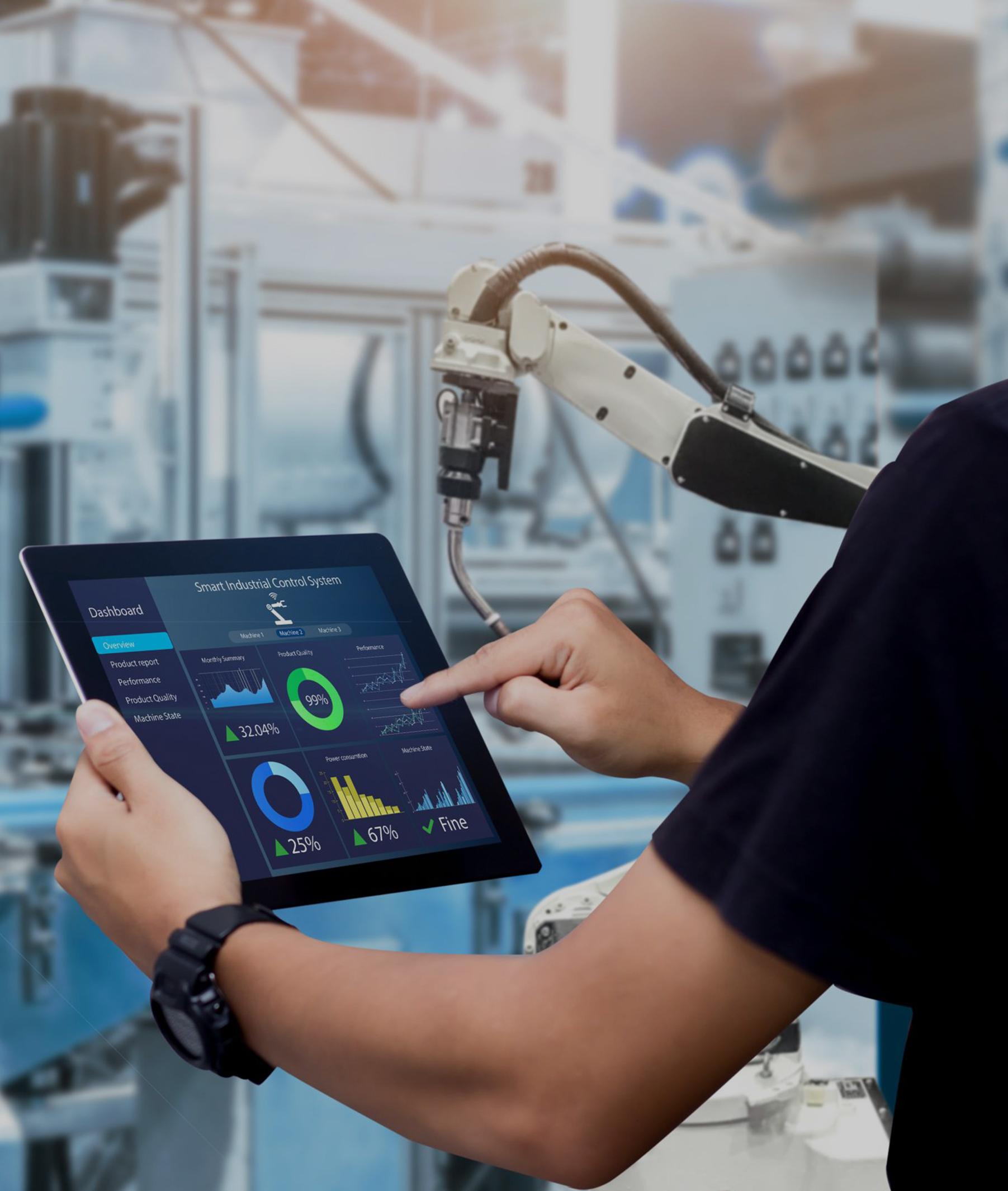
 |
Same Day Shipping for Stock Items |
|
DHL / Fedex / UPS / Aramex |
|
|
Professional one-on-one service |
|
100% brand new and original |
|
The SDV144-S53 is used for detecting and processing digital input signals in a control system. |
|||
Picture/Video
Get Products pictures or Video for Inspection|
Brand Name: |
YOKOGAWA |
Package: |
Original Package |
|
Model Number: |
SDV144-S53 |
Lead time: |
In Stock |
|
Alternate Part Number |
SDV144-S53 |
Shipping term: |
UPS DHL TNT EMS Fedex |
|
Condition: |
100% Original |
Payment: |
T/T (Bank Transfer) |
|
Quality: |
Brand New |
Service: |
One-Stop Service |
|
Dimensions |
3.2cm*10.7cm*13cm |
Weight |
0.36kg |
|
Description |
Digital Input Module |
Warranty: |
12 Months |
|
|
|
|
|
Here are the specifications for the YOKOGAWA SDV144-S53 Digital Input Module in table format:
Specification
Details
Model
SDV144-S53
Type
Digital Input Module
Number of Inputs
16-channel, module isolation
Input Signal
No-voltage contact
Input Signal (ON)
1 kΩ maximum
Input Signal (OFF)
100 kΩ minimum
Input Current
6 mA ± 20% (External power supply, 24 V DC at 0 Ω input)
Contact Rating
24 V DC +20% / -10%, 10 mA or greater
External Power Supply
24 V DC +20% / -10%, Current capacity: 200 mA
Instantaneous Maximum Permissible Input Voltage
30.0 V DC
Input Response Time
40 ms maximum
Withstand Voltage
2 kV AC between input signal and system for 1 minute, 16-input line collectively connected
Current Consumption (5 V DC)
290 mA maximum
Current Consumption (24 V DC)
140 mA maximum
Weight
Approx. 0.36 kg (Pressure clamp terminal block or MIL cable)
Weight
Approx. 0.41 kg (With signal cable interface adapter)
NOTE:
1. The products quoted are brand new and original with a one-year warranty
2. Prices are ex works, for shipping calculations, Please send to my Email
3. Cooperation with the express delivery of DHL / Fedex / UPS / Aramex, etc,Delivery time is approximately '' 5 days '' from our warehouse to the destination country
4. Quotation validity: 30 days, if you need to extend, please reconfirm the price after 30 days.
5. Payment Term: 100% advance payment by bank transfer.
6. For the products '' in stock '' in the offer, our company can support video inspection
ABB CI867K01 3BSE043660R1 Modbus TCP Interface
HONEYWELL 51196655-100 Power Supply Module
ABB 6634838A1 6634837B1 Bailey Relay Board Assembly
HONEYWELL 51201475-150 Cabinet Fan Assembly
ABB 6635291C1 6635291C1-25 Bailey Infi 90 and Net 90
HONEYWELL 51201475-200 Automation Pioneer
ABB POT 31 70913-4-0369108 Analog Output Module
HONEYWELL 51204166-175 UCN Digital Output Relay
ABB POT 32 P70913-4-0369109 I/O Interface
HONEYWELL 51303940-150 Cabinet Dual Fan Assembly
OMRON PYF08A-E Relay Base Socket
Quantum 140CPU11302 CPU Module
OMRON NE2A-PD025 Device Net Controller Power Supply Unit
Quantum 140CPU11303 Buy Runsheng DCS Card
OMRON E5AX-S-AEC-320 AEC A0535007 Temperature Controller
Quantum 140CPU21304 CPU Module
OMRON C200H-MR833 Programmable Logic Controller
Quantum 140CPU31110 Unity processor
OMRON C500-AD501-EU Analog input board
Quantum 140CPU43412 Schneider Electric CPUs
NR N.P.0286A3821 UTM103 Dcs-Besturings module
ABB DO880 3BSE028602R1 Digital Output Module
NR N.P.0285A8148 AFM106 Dcs-Besturings module
ABB RINT-5513C MC INTERFACE BOARD
NR N.P.0285A7159 ETM102 DCS Control Module
ABB SPSEM11 SOE Master Module
NR 050405 E1IMII LST pointing control system
ABB HIEE300890R0001 UAC383AE01 Combined I/O Moduele
NR N.P.0285A9659 ULM112 PLC Control I/O Module
ABB ZMU-02 MEMORY UNIT KIT
PROSOFT MVI46-MBP Modbus Plus Communication Module
BECKHOFF CP7132-0001-0050 Economy Panel
PROSOFT MVI69-ADM Technology
BECKHOFF CP7232-0001-0010 Economy Panel
PROSOFT 3100-MDA16 MDA Scientific Sys 16 Interface Module
HEIDENHAIN 785C.0003-18000 311262-01 encoder
PROSOFT PLX31-EIP-MBS EtherNet/IP to Modbus Serial
RENISHAW A-2115-001-24 OMI 1.5 KTI
ABB SPIIT13 INFI-NET to INFI-NET Local Transfer Mod
Bosch 0 822 417 994 Pneumatic
NOTE: Moore Automation sells new and surplus products and develops channels to purchase such products. This site is not approved or endorsed by any of the listed manufacturers or trademarks.Moore Automation is not an authorized distributor, dealer or representative of the products displayed on this site.All product names, trademarks, brands and logos used on this site are the property of their respective owners.The description, illustration or sale of products under these names, trademarks, brands and logos is for identification purposes only and is not intended to indicate any affiliation with or authorization by any rights holder.
Our hours